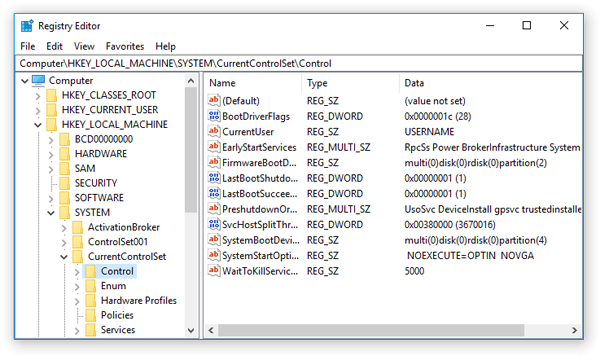What is Windows Registry?
Windows Registry is a hierarchical collection of databases that consist of a configuration of low-level settings for Microsoft Windows operating systems. Several applications may also use the registry; for example, the kernel, device drivers, services, Security Accounts Manager, etc. Windows registry is available in almost every version of Microsoft Windows, i.e., Windows 10, Windows 8, Windows 7, Windows Vista, Windows XP, Windows 2000, Windows NT, Windows 98, and Windows 95.
What is Windows Registry used for?
Windows registry is like a kind of DNA of the operating system – it always ensures that applications run smoothly. Let’s see how:
-
It keeps track of vital information and settings of many software programs and hardware devices.
-
It maintains user preferences and operating-system configurations.
-
Whenever a new program is installed in the disk several new instructions, softwares, and references may have to be updated in the registry. Windows registry helps with easy interaction and stores vital information such as the location of programs, files, and instructions on how to start the program. This information is stored in the subkey.
How to Access the Windows Registry
The Registry Editor program is used to access and configure Windows Registry. It is a utility that is a part of every Windows system by default. Registry is the name given to database files, so the editor has the ability to view and alter database files in the directory.
Opening Registry editor
The Registry editor is not downloaded, it is executed from the Run box in windows.
Steps
- Press
Windows+Rto open theRunwindow. - In the section “Open:”, write the command
regedit(this is shown in the slides below). - The Registry editor will open.
Free Resources

